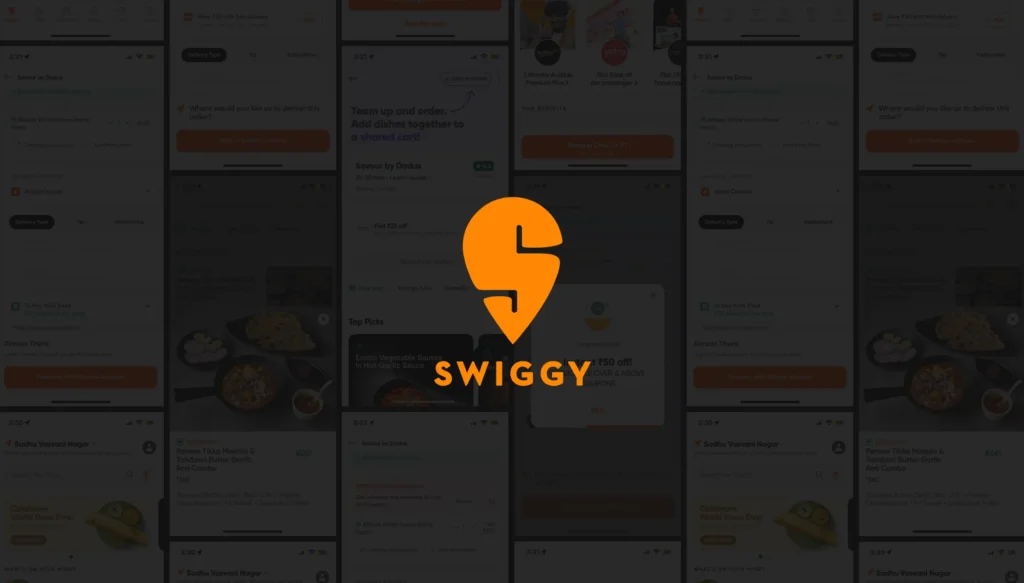The Age of AI Demands More Humanity, Not Less
Discover why human creativity, judgment & empathy are the real edge in an AI-driven world of work.

In 2023, it was projected that AI could replace 300 million full-time jobs globally. This headline had sent shockwaves through boardrooms and brainstorms alike. But here’s the twist: recent data shows that companies integrating AI most successfully aren’t reducing headcount—they’re hiring faster than their peers. They’re not replacing humans. They’re upgrading the kind of work humans do.
And that’s the story no one’s talking about enough: the AI revolution isn’t about replacing humans—it’s bringing out where human value truly shines. And that value is increasing, not diminishing.
The companies assured to win in this new era are the ones that double down on human thinking—design, product intuition, storytelling, ethical judgment, emotional intelligence—precisely the things AI cannot replicate or replace.
Why AI Highlights, Not Hides, Human Strength
AI is incredible at pattern recognition, summarization, and prediction—but it lacks goals, values, or taste. It can optimize a thousand paths but can’t tell you which is worth walking. That’s the human job.
As AI handles more repetitive tasks, what’s left is higher-order work: deciding why something matters, not just how it gets done. This is where product leadership becomes crucial. Businesses need people who can:
- Spot market gaps with intuition.
- Make tough tradeoffs with empathy and strategy.
- Frame a problem creatively.
- Design with nuance, not just logic.
These skills are not just safe from automation—they’re now amplified by it.
Human-AI Teams Outperform AI Alone
Studies show that teams that combined human judgment with AI tools outperformed both humans alone and AI alone by over 20% in complex decision-making tasks. The edge is in the combination. Think copilots, not autopilot.
At Monsoonfish, we’ve seen this first-hand. Our design teams use AI to map competitor landscapes, analyze user flows, and summarize usability heuristics. But the spark? The big ideas? They come from human conversations, contradictions, empathy, and experience.
AI doesn’t design breakthrough experiences. People do—using AI to think bigger, test faster, and fail smarter.
The New Product Leader’s Playbook
In the onset of AI-fueled future, here’s what the most successful product owners and business leaders are doing:
1. Redefining Productivity
Output is no longer about speed. It’s about synthesis. AI makes it easier to ship fast—so the differentiator becomes what you ship and why.
2. Building Creative Conviction
AI tools can generate 50 UI options. But which one feels right for your brand? Which one tells your story best? Creative judgment now matters more—not less.
3. Investing in Context, Not Just Content
AI can write a proposal. But understanding the business context, stakeholder dynamics, and timing—that’s human terrain.
4. Designing for Trust
As AI enters the user experience, trust becomes a product feature. UX leaders must design transparency, consent, and feedback loops into every AI interaction.
Your Competitive Advantage Is Still (and Will Be) Human
AI will reshape job roles. It will challenge business models. It will make us rethink roadmaps and timelines. But it will also unlock unprecedented possibilities—for those who know how to lead with a human-first mindset.
The winners in this era will be the ones who know where AI ends and where human judgment begins. They’ll ask better questions, frame better challenges, and design more resonant solutions.
If you’re building for the future, don’t just ask: What can AI do for me?
Ask: What are the distinctly human things only I can do—and how can AI help me do them better?
That’s the real transformation.
CATEGORIES






